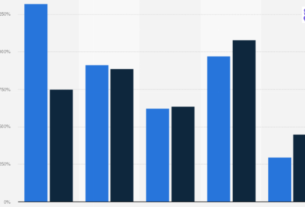China has launched a sweeping monetary stimulus package worth over $138 billion, just days before high-stakes trade negotiations with the United States. The move reflects Beijing’s urgency to stabilize a slowing economy and strengthen its position at the bargaining table.
Massive Liquidity Injection
The People’s Bank of China (PBOC) reduced the reserve requirement ratio (RRR) for banks by 50 basis points, freeing up additional capital for lending. Simultaneously, the seven-day reverse repo rate was cut by 10 basis points to 1.40%, aiming to improve short-term liquidity across markets.
These measures are expected to inject nearly 1 trillion yuan ($138 billion) into the financial system—one of the largest monetary moves in recent years.
“This is about boosting confidence in the domestic economy and sending a signal of stability ahead of external negotiations,” said Zhang Xiaowen, chief economist at the Bank of Beijing.
Slowing Growth, Rising Pressures
China’s economy has shown signs of strain in recent quarters:
- Industrial output has softened
- Youth unemployment has risen
- Exports remain under pressure due to global uncertainty and U.S. tariffs
This stimulus seeks to revitalize domestic demand while managing risks posed by a fragile property sector and growing debt burdens.
Trade Talks Loom
The stimulus coincides with upcoming U.S.-China trade talks in Switzerland (May 9–12). Chinese Vice Premier He Lifeng is set to meet with U.S. Treasury Secretary Scott Bessent and Trade Representative Jamieson Greer. While expectations for breakthroughs are low, both sides hope to prevent further tariff escalations.
Analysts believe the monetary easing gives Beijing greater leverage and room to maneuver, presenting itself as a proactive economic actor rather than a reactive one.
Global Markets Watching Closely
Markets responded with optimism:
- Shanghai Composite rose 1.1%
- Yuan gained modestly against the dollar
- Commodity prices rebounded, anticipating higher Chinese demand
However, economists warn that without structural reforms, such liquidity boosts could fuel debt bubbles rather than long-term growth.




